CBD to Noarlunga: How SANFL club South Adelaide has grown with its city
AHEAD of the SANFL finals, Sunday Mail Sports Editor Scott Walsh explains how South Adelaide grew a following from Adelaide Oval to Panther Park to Noarlunga.
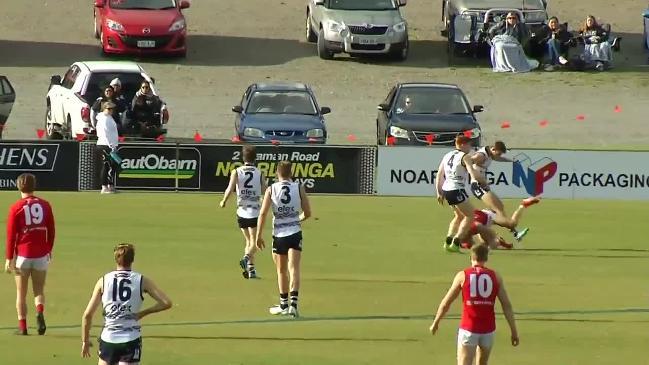
BY 11.58am, the last of the 25 pint glasses would hit the South Adelaide bar — cold, full and frothy.
“And next thing, the fellas from the Chrysler factory would come over for their lunch break,” Bryan Ploenges grins from inside South’s old social club in St Marys.
“They’d knock one off, they’d knock off another two or three, and then they’d go back to work. No wonder the bloody cars were so ratshit.
“A lot would come back at four o’clock, too, after they knocked off. This was the ’70s, so before the DUI (laws) put an end to all that, of course. But as a footy club we made a lot of money over the bar that way. I’m certain when we opened this place up the club got a lot more support, too, because local people could come here and say ‘this is where I drink, so I barrack for South Adelaide’.”
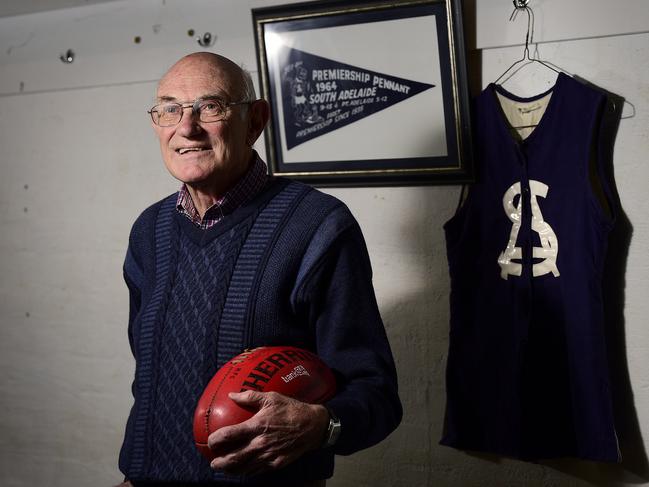
South faces North Adelaide in Sunday’s SANFL elimination final at Adelaide Oval, launching its 2018 finals campaign — and yet another bold attempt to break the league’s longest premiership drought.
The Panthers haven’t won a flag since 1964 — that side famously captain-coached from the doldrums by Neil Kerley, and including the likes of a young Peter Darley, Ian Day, David Kantilla and Ploenges.
The remaining premiership heroes still catch up every year to reminisce about one of the most cherished flags in SANFL history.
There has also been only one grand final appearance since, in 1979. And before the ’64 glory it was 1938 when the Panthers’ previously tasted premiership success.
In those 80 years since 1938, the SANFL has changed drastically and SA football is now part of the national AFL competition. Adelaide, as a city, has ballooned in population and size.
And, more than any SANFL club, South Adelaide has rolled with that sprawl and reflected its spreading community.
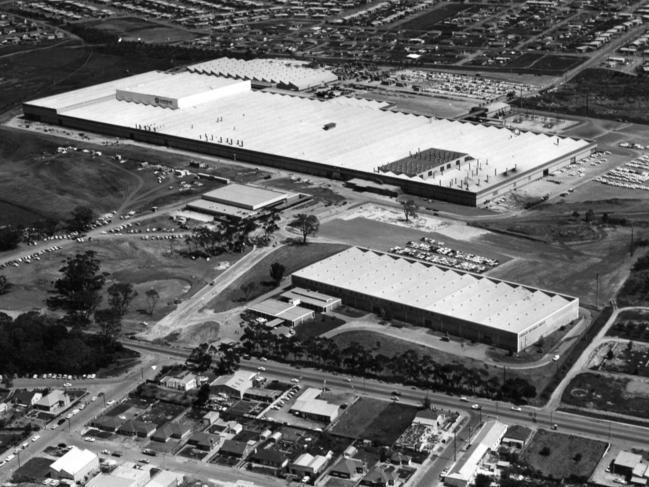
What was once farmland is now suburbia, and the once remote beaches where city folk built weekend shacks are now lined with architecturally designed homes with price tags in the millions. The little vineyards over the hill now produce some of the great wines of Australia.
Ploenges has a unique view of the transformation. A West Adelaide supporter as a youngster, he was zoned to South Adelaide and played colts football there before securing his League place in 1960 under legendary coach Fos Williams.
Now a Panthers Hall of Fame member, Ploenges is a former South committee man and chairman. He would become manager of the St Mary’s clubrooms, first as a volunteer and later in a permanent role, and even stayed on when the title was sold following South Adelaide’s 1995 move to Noarlunga.
But in the club’s foundation year, 1876, “south Adelaide” as a region didn’t stretch far beyond South Terrace.
At that time, Cross Rd was effectively the border between metropolitan Adelaide and the city’s southern farmlands.
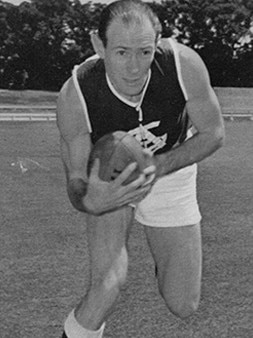
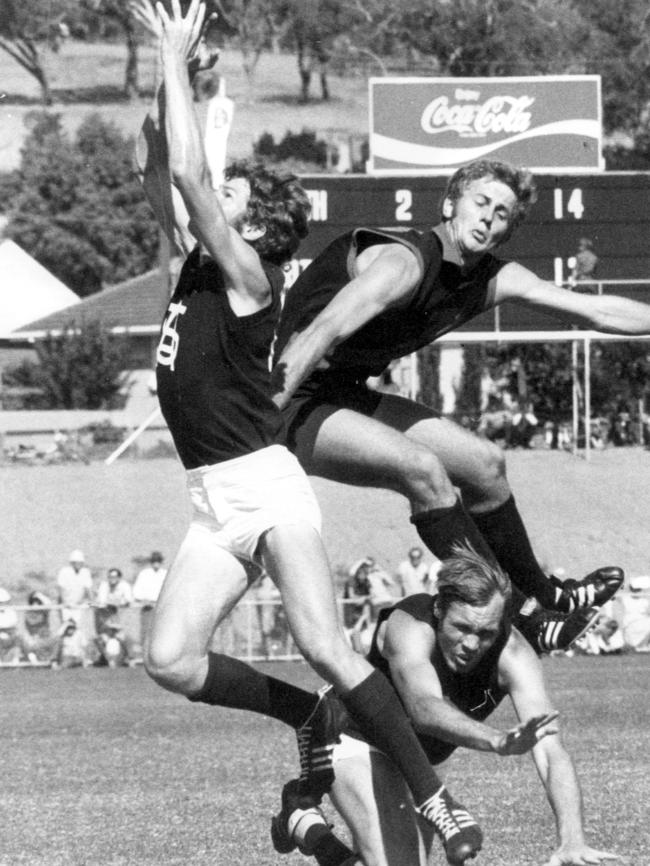
South Adelaide played its first games in the Parklands opposite what is now St Andrews Hospital and used the Arab Steed Hotel as its changing rooms before moves to Jubilee Oval off North Terrace and, in the 1890s, to Adelaide Oval.
From the outset, the absence of a defined zone and social base meant the Panthers lacked a territorial presence to challenge rival clubs, such as Port Adelaide and its Alberton stronghold.
“Our zone was restricted to the southeast corner of the city,” Ploenges says.
“I don’t think we had any territory up until the 50s apart from that. Our main recruiting area was the zoo.”
South Adelaide trained and played at Adelaide Oval, but as the city’s north-south growth quickened, the Panthers were compelled to embrace the new “south Adelaide”, carried by its burgeoning commercial and arterial avenue, South Rd.
About 1960 the club bought a factory site on Pinn Street, behind St Mary’s Anglican Church, just south of Daws Road.
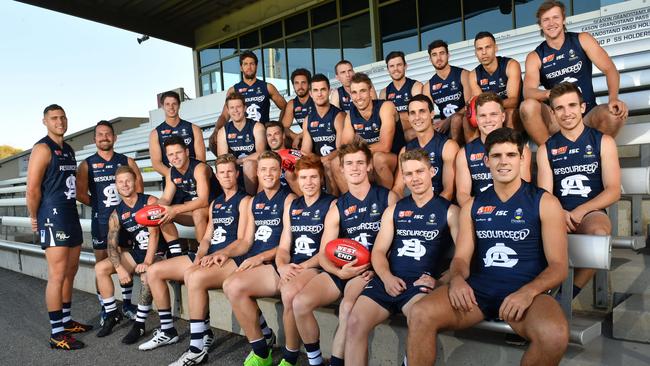
The venue became a thriving social hub with semi-regular Sunday morning cabaret shows hosted by South fanatic and television and radio personality Ernie Sigley.
Sigley was instrumental in attracting local acts including The Viscounts and Bev Harrell, plus national darlings such as Little Pattie, who entertained at the day-after-football functions.
“I think there were a few complaints, too, because the church would have their Sunday morning thing and we’d have our music,” Ploenges, 79, says. “But we got away with it. We used to have Ernie Sigley compering the shows — they were once a month, maybe.
“They were great. All the players would get down there and support it, we’d have a few drinks and then go home and sleep it off.
“There was always a crowd — they’d be hanging from the rafters every time we had one of those shows. It was a bit of an improvement on Adelaide Oval — you couldn’t drink beer there on a Sunday morning. Although Arthur Lance, the curator, turned a blind eye once or twice if we did have something down there.”
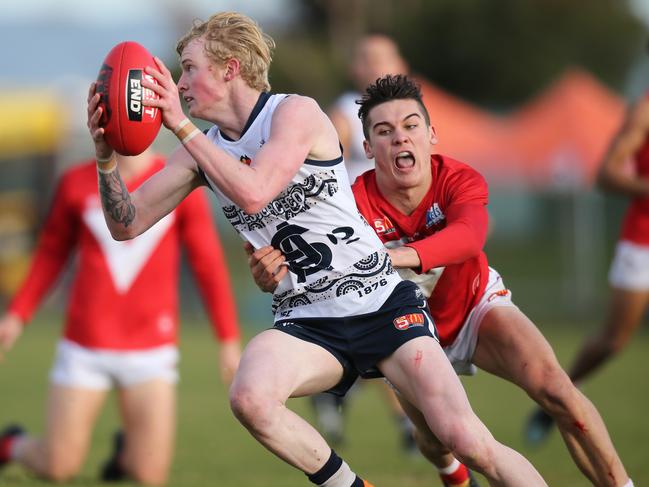
By the mid 1960s the club was looking to establish a permanent clubrooms and home ground in the expanded south, and purchased an old house on South Rd, opposite the Tonsley Hotel.
At that time, nearby Darlington and its famed “Golden Mile” stretch of service stations, was effectively Adelaide’s southern urban edge.
The house was developed with a bar and kitchen, and was renovated over the next decade as patronage rose.
“They used to have a dance here every Saturday night, or (football) presentations,” Ploenges says.
“This area would be chocka block. There would be 300 people here when they were doing presentations.
“Some players would stay, some wouldn’t. But you’d always get a crowd here right up to midnight.”
In 1969 St Marys Park, a block from the clubrooms, was upgraded with a view to bringing it up to standard as an SANFL venue. Renamed Panther Park, the ground staged pre-season games against 1970 VFL premier Carlton, and a visiting South Fremantle side.
South Adelaide made Panther Park its training base, but no permanent grandstand for spectators meant Adelaide Oval remained the club’s game-day home. Panther Park would never stage an official SANFL clash.
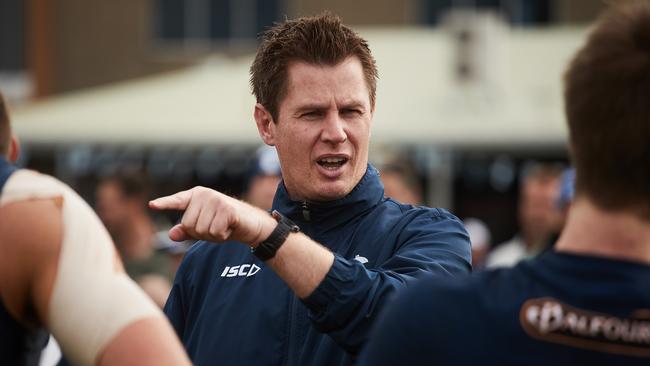
In 1981 South Adelaide’s recruiting zone was expanded to include the newly developed Noarlunga region.
But less than a decade later, in May, 1990, the football club, still an Adelaide Oval tenant, was found to be insolvent and faced raising $1 million just to survive into the following season.
A “Save Our South” campaign succeeded in keeping the club afloat, but it was clear that radical change — and a true home — was desperately needed.
The clubrooms at St Marys were sold to Squash SA and a move to Noarlunga Oval, now known as Hickinbotham Oval, was intended to solidify the Panthers as the team for southern Adelaide.
“The further south we went, the further south they wanted us to have a base,” Ploenges says.
“I think the SANFL was very conscious of all that because that area (Noarlunga) was going to be the quickest growing area in Australia.
“I don’t think it actually got to that status but it certainly was earmarked for huge development.”
Ploenges is uncertain whether this is the year for South to end its grand final and premiership drought.
But he is confident the Panthers’ on-field improvement across the past five seasons is a sign the club’s journey from the CBD to St Marys to Noarlunga — and overdue ownership of a true home — is starting to bear fruit.
“You go back in the 50s, 60s, 70s and we were always everybody’s second team,” Ploenges says.
“That used to give me the shits. It was ‘poor old Souths. We’d like to see them win so they’re my second team’.
“I think we’ve gotten over that now. We still haven’t had a premiership since ’64, but I don’t think we’re looked down upon as much now as much as we used to be.”
